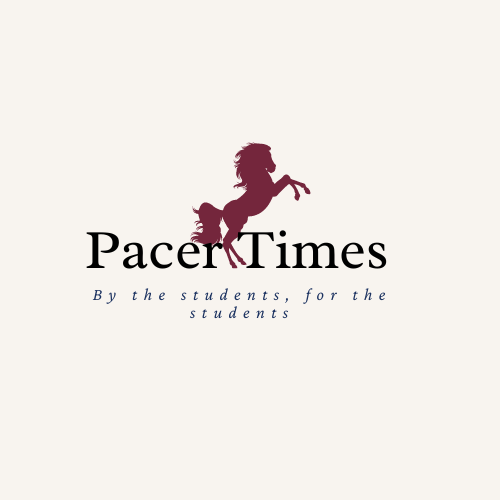Column: Misinformation is one of the greatest imminent threats to democracy
On Wednesday, Jan. 6th, 2021, President Donald J. Trump organized an act of insurrection against the American democratic process. Although some found themselves glued to the television and Twitter watching the events unfold that afternoon, USA Today made a timeline for those who were busy.
Trump is the embodiment of the “fake news” he coined, and this poses a great threat to democracy. For years, he has been sloppily lying to his supporters, and the events that unfolded Wednesday is a direct result of Trump’s war of misinformation. The most recent lies Trump has told include that (1) Trump won the election (2) Democrats and the media are the enemies and (3) You can only believe Trump.
The constant barrage of fake news that Americans digest from social media is damaging to the media’s trust. According to Statista, only 34% of Americans trust the media, and it could be primarily because only 26% of Americans are confident in their ability to determine if what they are reading is real or not.
Twitter has finally taken accountability for blocking fake news by banning the president from using the platform. YouTube has taken down channels that call for violence like Steve Bannon’s show. Apple, Google, and Amazon suspended Parler from their app stores because it provided a platform for violent and radical threats.
Cindy L. Otis, a disinformation expert and former CIA analyst, suggests that “Social media companies should also focus on building their platforms around transparency so users are armed with information about where the content they see is coming from.”
It is our ethical responsibility to research information before spreading it. It’s important to address our own confirmation biases to be able to accept information even when it isn’t what we wanted to hear. When we are more concerned with hearing someone confirm our existing beliefs rather than considering opposing ones, we fail ourselves and our country.
The first step in personally combating misinformation is to rely on reliable sources. Those who trust social media for news, like 48% of people aged 18 to 29, “tend to know less about the 2020 election, less about the coronavirus pandemic, and less about political news in general than people who rely on news websites, cable or network TV, radio, and print.”
Al Tompkins, an expert at the Poynter Institute who teaches media literacy to senior citizens, suggests considering four questions to determine the accuracy of our sources:
What do I know?
What do I need to know?
How do I know what I know?
Is there any other way to look at that?
For more expert advice on spotting fake news, Otis published her book True or False: A CIA Analyst’s Guide to Spotting Fake News. George Mason University’s Center for Climate Change Communication provides us with a yearly Debunking Handbook to refer to when attempting to address misinformation in specific instances.
Joseph Robbinette Biden Jr. will be the President of the United States of America on January 20th, 2021. It is important to understand that fact among others objectively and ascertain whether your sources are credible or not to take a stand against misinformation.






